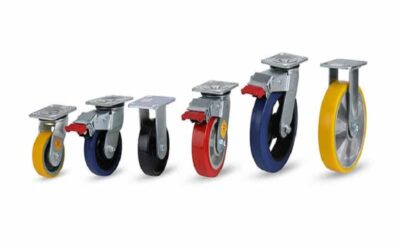As the business landscape continues to evolve with digital transformation and flexible work environments, insurance companies are developing more realistic coverage options. According to Charles Spinelli, in the direction, the advent of usage-based business insurance aka telematics insurance in the US has gained great popularity across industries.
This model uses premiums based on actual usage or behavior across industries. While it offers cost savings and more flexibility, companies need to carefully consider if it really fits their operational needs and risk level.
What Is Usage-Based Business Insurance?
Usage-based insurance (UBI) is a way that companies figure out insurance costs based on how something is actually used. Instead of a flat rate, businesses pay depending on things like how much a vehicle is driven, how much equipment is used, how many employees are working, or even how much digital activity is logged. UBI started with auto insurance but is now being used in areas like general liability, workers’ comp, and property insurance.
This system works seamlessly with tools like telematics, IoT devices, software, and analytics that keep tabs on usage and give insurers the data they need for pricing and billing.
Advantages of Usage-Based Models
Many small to medium-sized businesses, particularly those experiencing fluctuating or seasonal operations, can find multiple potential advantages in usage-based insurance. The most compelling benefit lies in its economic outcome. Businesses experience potential cost reductions by paying solely for actual usage instead of fixed premiums found in traditional policies.
Another essential advantage emerges through flexibility. Businesses utilizing UBI policies can adjust coverage levels according to demand fluctuations which helps prevent excess insurance during low activity periods while maintaining sufficient protection during busy times. The model promotes enhanced safety and efficiency because real-time monitoring drives better risk management techniques- as per Charles Spinelli.
Potential Drawbacks and Considerations
Even though usage-based insurance comes with its perks, there are some downsides to think about. The biggest worry is data privacy and security. Since this model depends a lot on real-time data collection, companies need to make sure they’re handling that information safely and following the right privacy rules.
Another thing to consider is consistency. Businesses that operate steadily might not see as much benefit from usage-based pricing, especially if their risk level doesn’t change much. Sometimes, traditional flat-rate policies can make budgeting a lot easier.
There’s also the issue of data accuracy. If sensors or reporting tools mess up and don’t capture data correctly, it could lead to billing mistakes or coverage gaps. So, businesses need to invest in reliable systems and keep a close eye on things to make sure the reporting is accurate.
Who Stands to Gain the Most?
Industries with fluctuating activity levels including transportation, construction, gig economy platforms, and event-based services find usage-based business insurance particularly attractive. Small businesses and startups operating under financial constraints can utilize this method to sustain essential coverage while avoiding payments for unused capacity.
Enterprises with intricate operational structures can use data insights from usage-based models to improve internal processes and risk mitigation strategies, yet they often need tailored solutions to accommodate their size.
Is It Worth Considering?
Choosing usage-based business insurance really comes down to what each business needs and the risks it faces. For companies that have changing operations and are open to digital tracking, UBI can lead to cost savings and more flexibility. But it’s important to plan properly, manage data well, and make sure the coverage fits with business goals.
To conclude, as the insurance industry keeps changing, usage-based models could be a good option, but they’re not right for everyone.









